SHIRO SAKAI - The Man Who Whispers in the Ear of Fabrics
Meet Shiro Sakai is a rare privilege. Naturally reserved, the Japanese designer is often reluctant to talk about his work which, it must be said, already speaks for itself. However,...
Meet Shiro Sakai is a rare privilege. Naturally reserved, the Japanese designer is often reluctant to talk about his work which, it must be said, already speaks for itself. However,...

Meet Shiro Sakai is a rare privilege. Naturally reserved, the Japanese designer is often reluctant to talk about his work which, it must be said, already speaks for itself. However, he did us the immense honor of offering us, with this exclusive interview, a moment of pure joy. For Shiro Sakai knows the materials better than anyone else. Each of the creations to which he gives life lets us see a rich spirit, embracing several dimensions. The Japanese designer, discreet and luminous, seems to speak a mysterious language known only to him, which we can not resist.
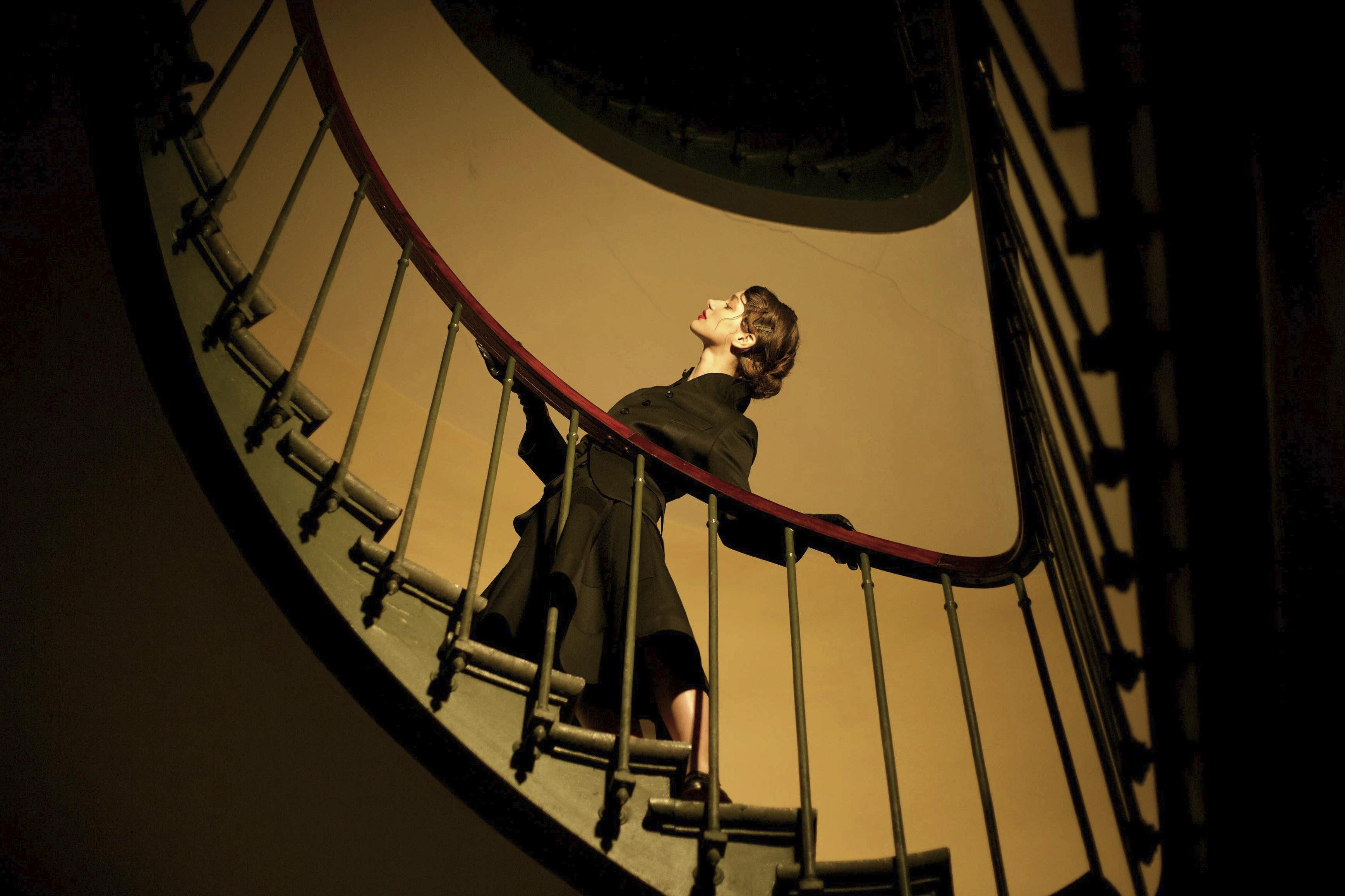
Leclaireur : You have a very long experience.
Shiro Sakai: I worked for another brand for 19 years. It was a very important period for me, a turning point. We had exactly the same approach to our work, whether it was men's wear or women's wear. I also spent a lot of time studying vintage clothing. When I worked there, we were all very excited about creating new pieces for a new collection, a new show, for the challenge that it represented. During those 19 years, I also explored technique, and in particular the relationship between the body and the garment. These are questions that I have tried to pay a lot of attention to. I have chosen my path, doing my best to always create something new. Year after year, day after day, my desire to create in a more complex way has only increased.
And when the time finally came, I decided to start my own business. I was interested in deconstructing something and then reconstructing it. And that's what I did, created from deconstructed-reconstructed clothing. I bought or found, in the four corners of the world, especially in France, beautiful hand-sewn pieces. I would dive into the material, so to speak, to discover and study the way they were constructed. I could reconstruct similar approaches, making the clothes wearable today. Some people like vintage pieces so much, their cuts, that they don't even look beyond that, their past, their history. My job is to recreate, by hand, very sophisticated pieces.

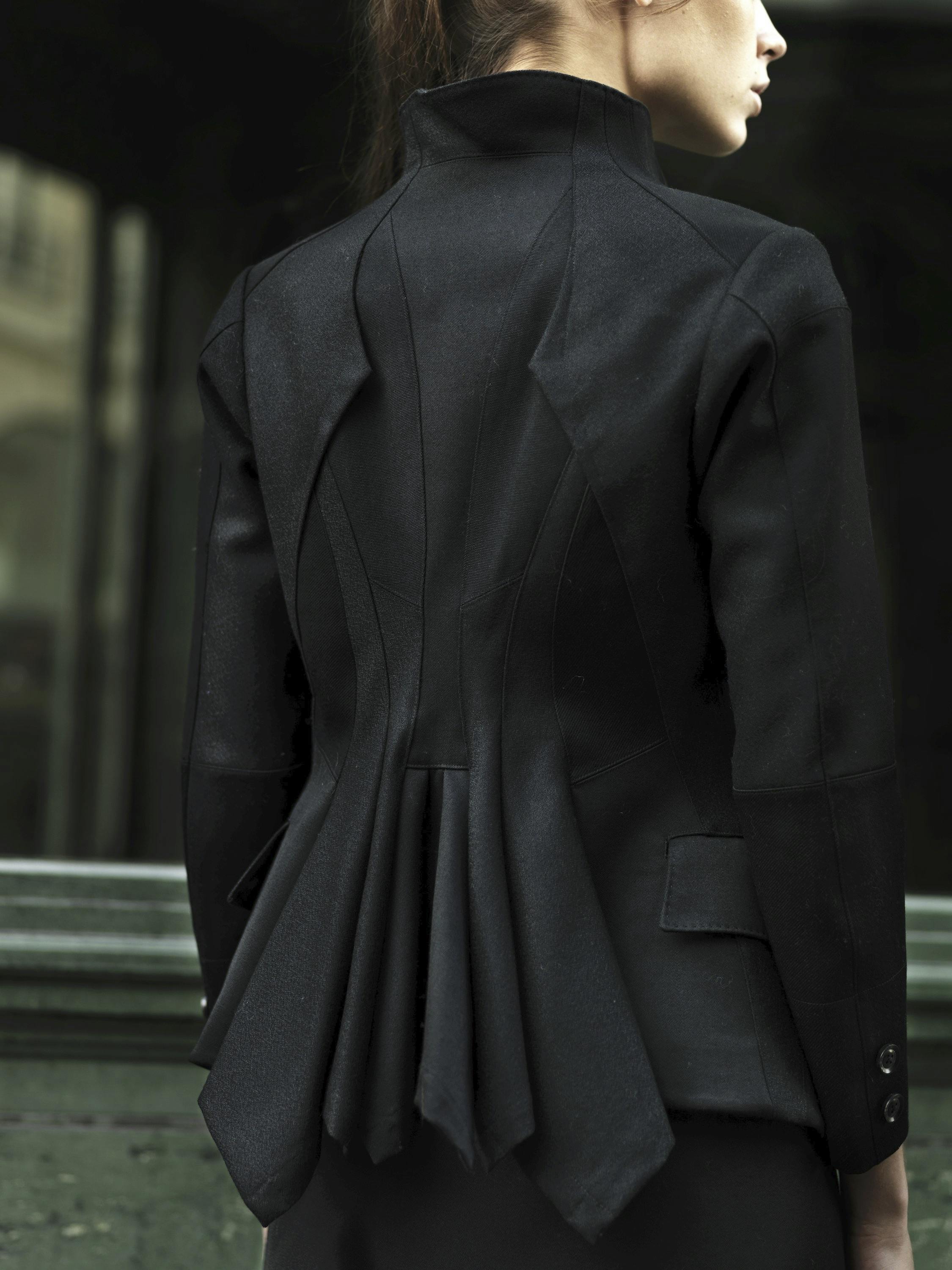
You create clothes that look incredibly modern and vintage at the same time, with materials that take your work to other levels.
When I start a prototype, I always start with the canvas. The materials, the fabrics, all of that comes later. If your prototype is perfect, then you can do anything, you can use any material. This choice of materials creates different effects, whether it's for the exterior of a piece or for the lining.
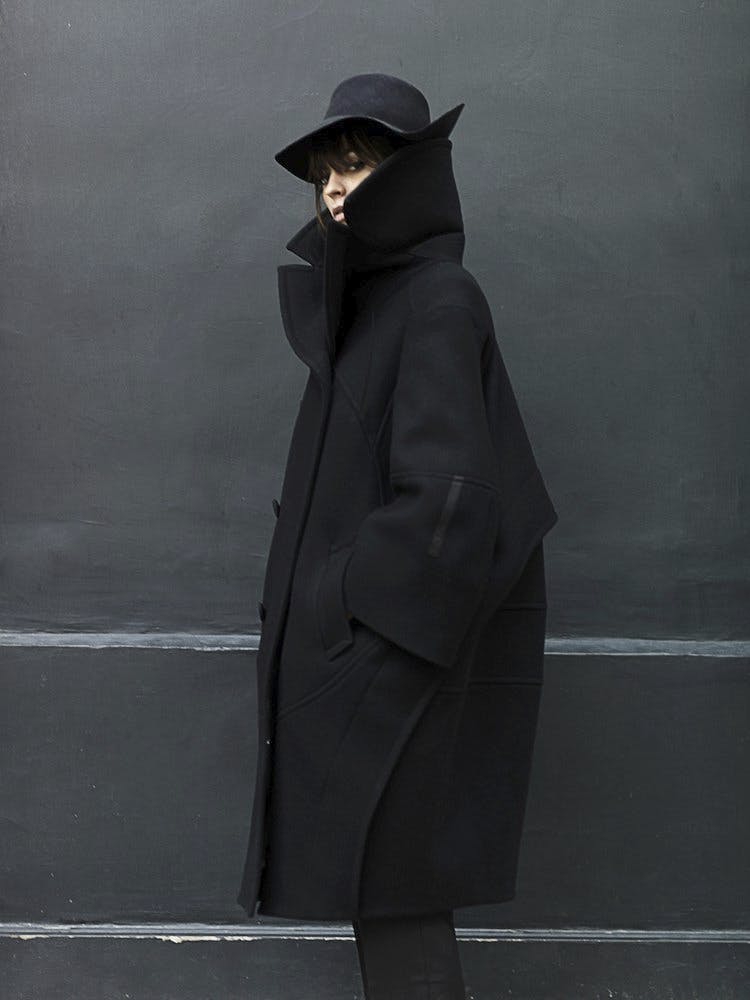
Now that you have your own brand, do you approach women's clothing differently than you do men's? This is your first collection for women...
Men's clothing has evolved a lot throughout history. Before the First World War, more or less 120 years ago, men's clothing was built the way I build it today, that is to say Belle Époque style. After the Great War, the style evolved but these techniques continued, mainly thanks to the clothes of military officers.
It is not the construction that differs between the silhouettes. However, men don't like change most of the time, they prefer more traditional, sober silhouettes. It is the interior of men's clothing that requires a very specific type of construction. You will often see male customers feeling the fabrics, rubbing them between their fingers and then saying "ok, I really like it". They make a connection between the lining and the material(s) used for the exterior of the piece. If the tri-lining is good, you can feel the whole structure. Women rarely pay attention to the "sound" a garment can make. They focus on the lines. It's very interesting to watch. Creating beautiful lines for women is always exciting, as is finding a way to remove stress marks on the body, to bring fluidity to the silhouette. It's a conversation, in a way, between the bone structure, the muscles and myself, rather than just the body.
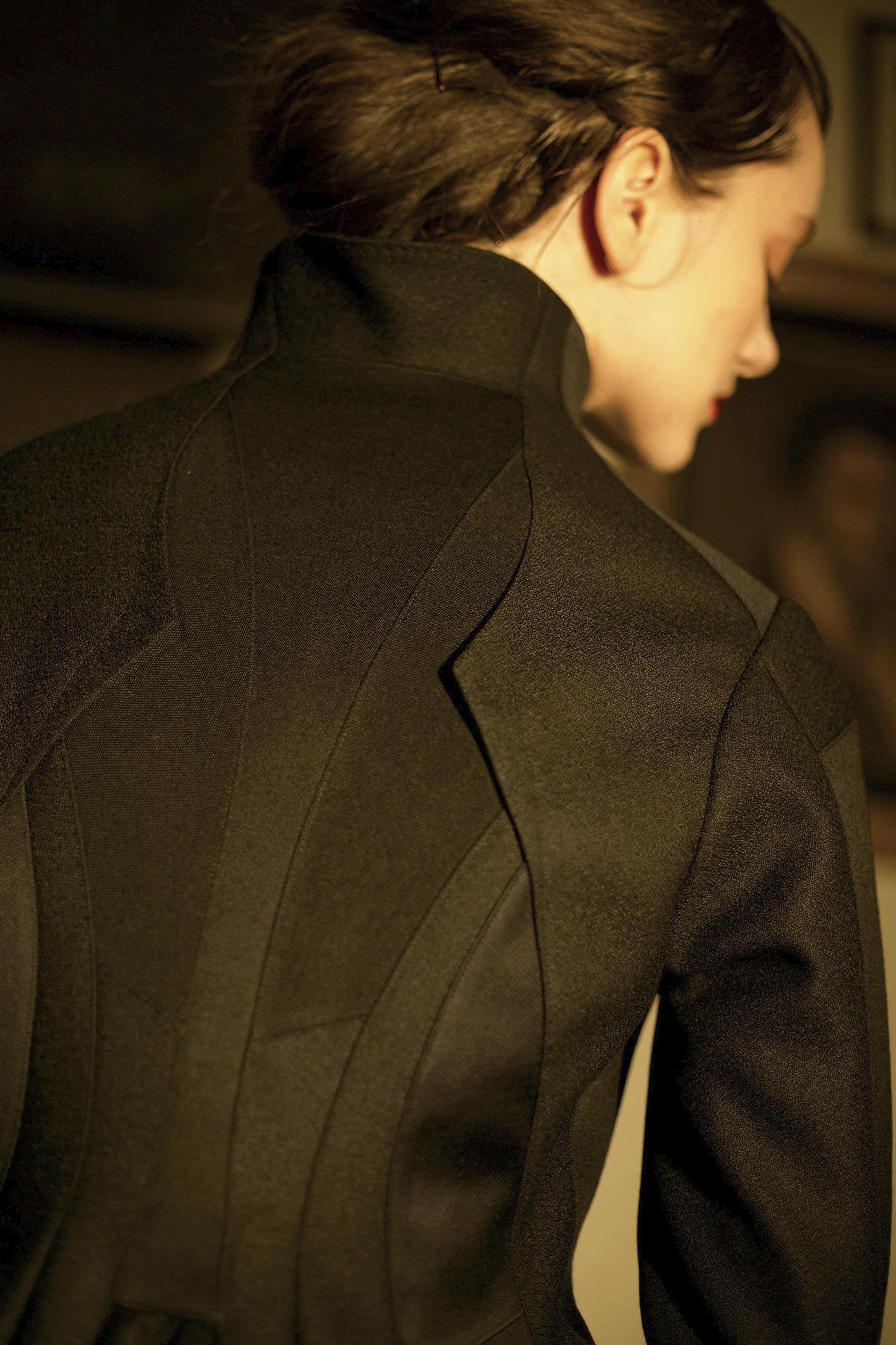
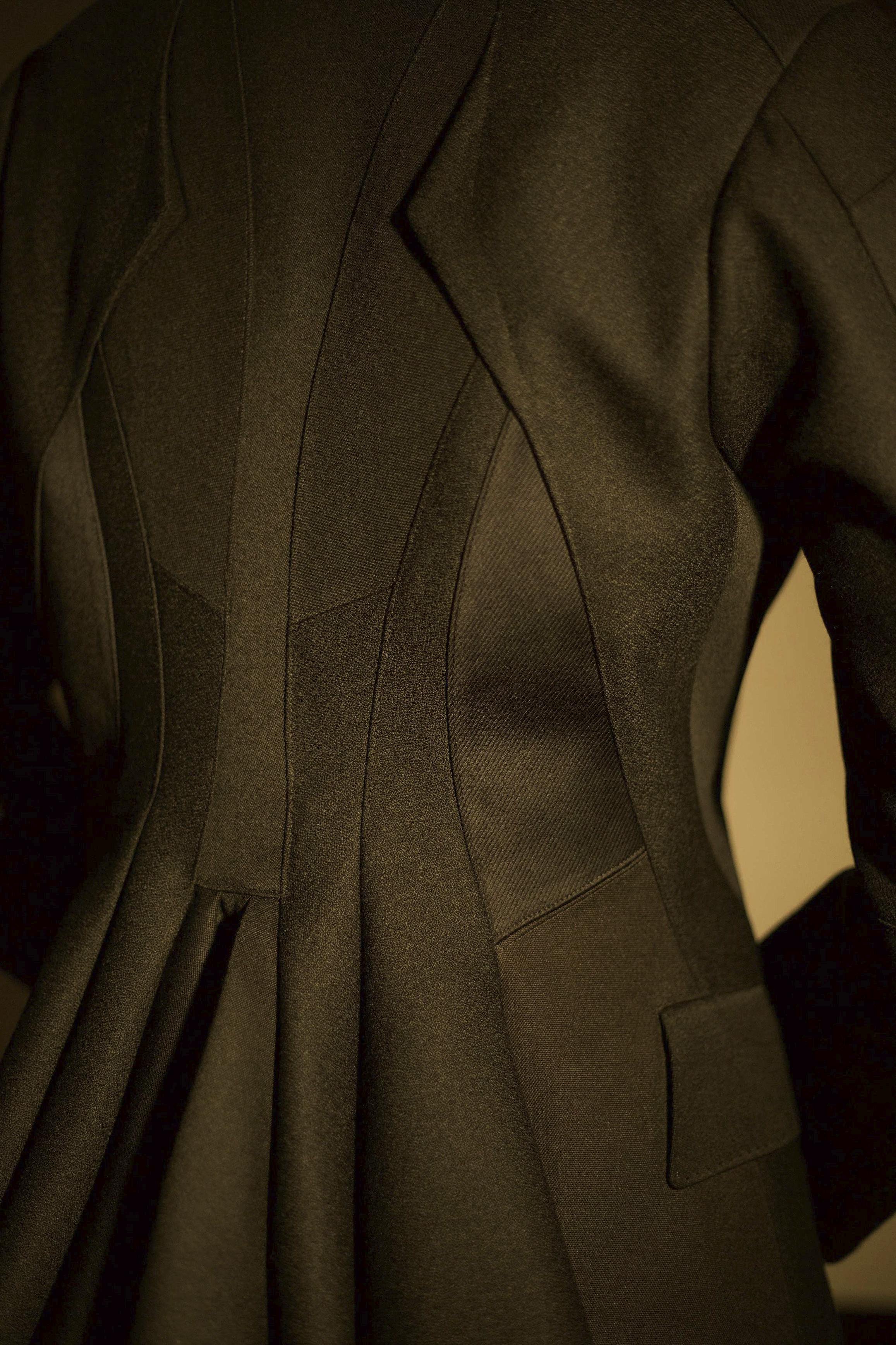
Like a sculptor!
Where I used to work, people always told me "don't think with your head, think with your hands". It's about cutting a figure, not breaking it. But that rule only applies to women's clothing. Cutting here, cutting there... And at the same time it's not art, it's only about clothes. The human body, the construction of a suit jacket is basically about the shoulders and the neck. It's much more like the work of an architect. Creating a perfect work of art means you can do anything, you can afford anything. Like Gaudí for example. But perfectly made clothes have more to do with construction, which I think is the essence of design. And that's what I'm particularly interested in. The outline of a construction, its base, is always what I look at. Drawing on fabric is very easy, it's decoration, like choosing colors. And that's the last thing I do. Once I have found the shape.
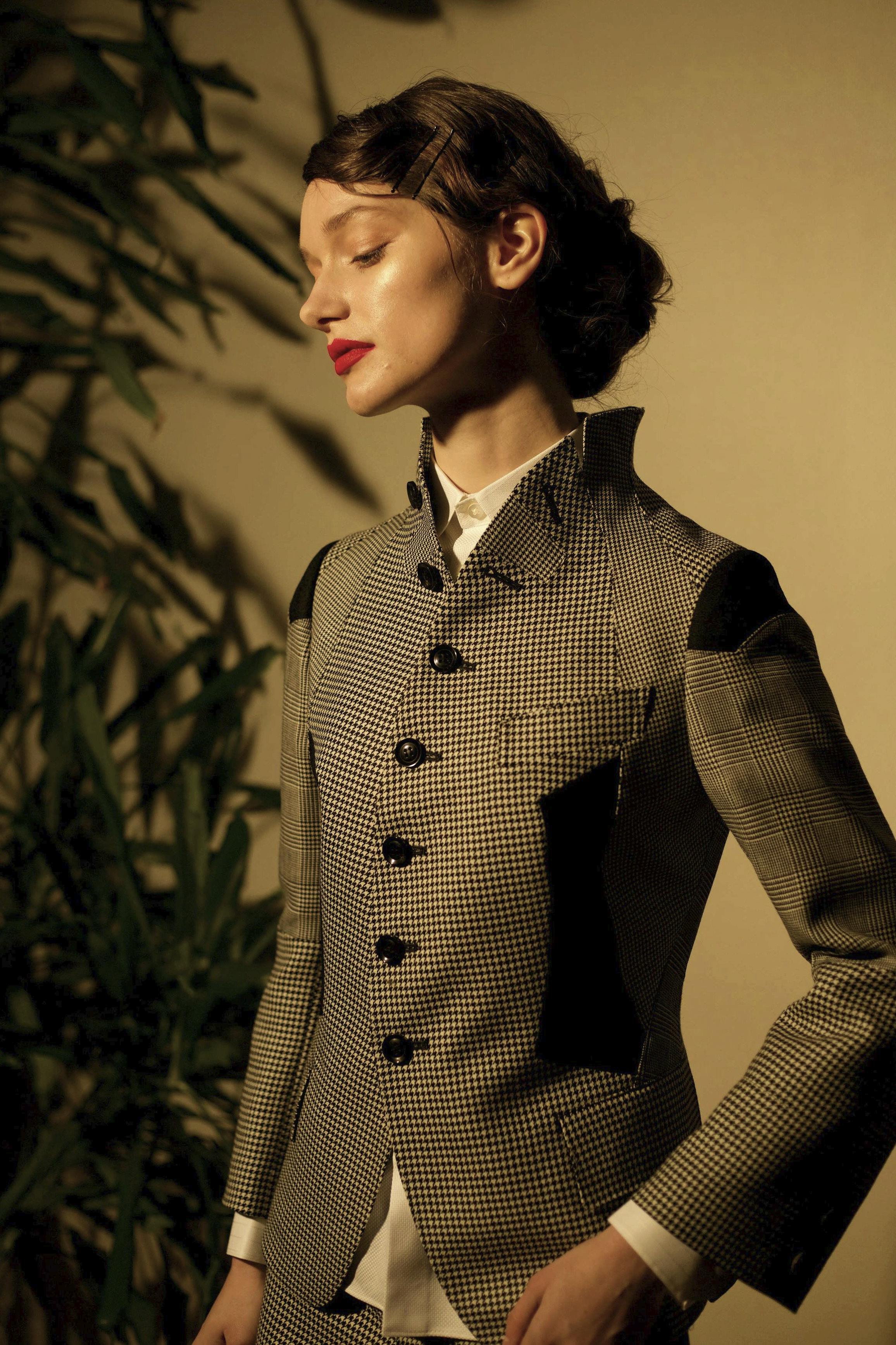
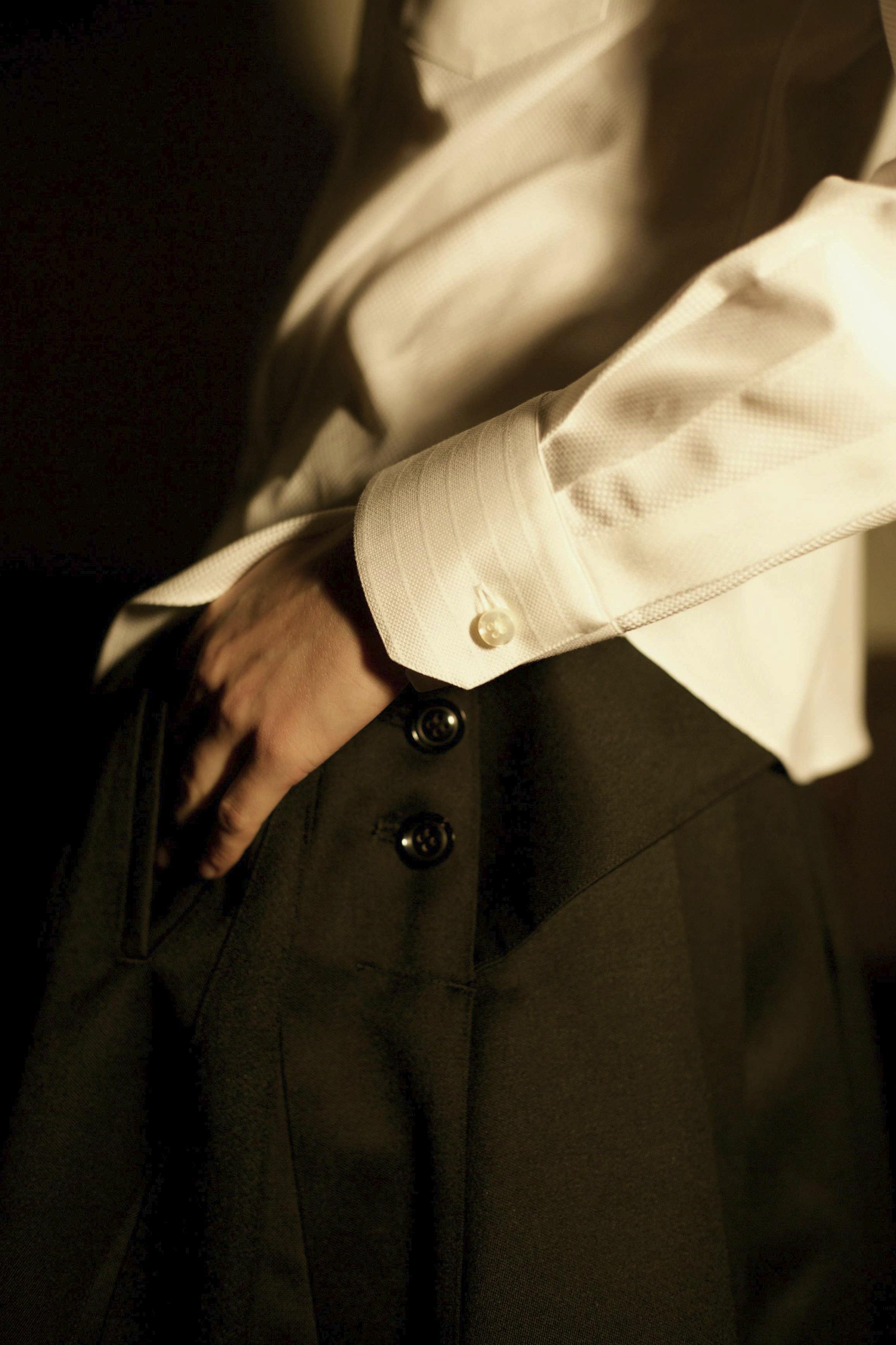
How did your collaboration with Leclaireur start?
We had met and talked a bit when I was working for the other brand. The Leclaireur team always came back to me, to see my work at showrooms. During one of their visits, Leclaireur proposed me to make a special creation for the Shigoto project. Armand told me that I could do whatever I wanted, without any restrictions. All he wanted was a very nice jacket, well made, well constructed. That's why I agreed to participate in this project. And I can say that the Shigoto jacket, made for him, is one of those for which I used techniques I already knew as much as techniques I was learning. That's what I'm interested in: learning, progressing, year after year.
Discover the collection Shiro Sakai at Leclaireur Hérold.
Your cart is currently empty.
Start Shopping